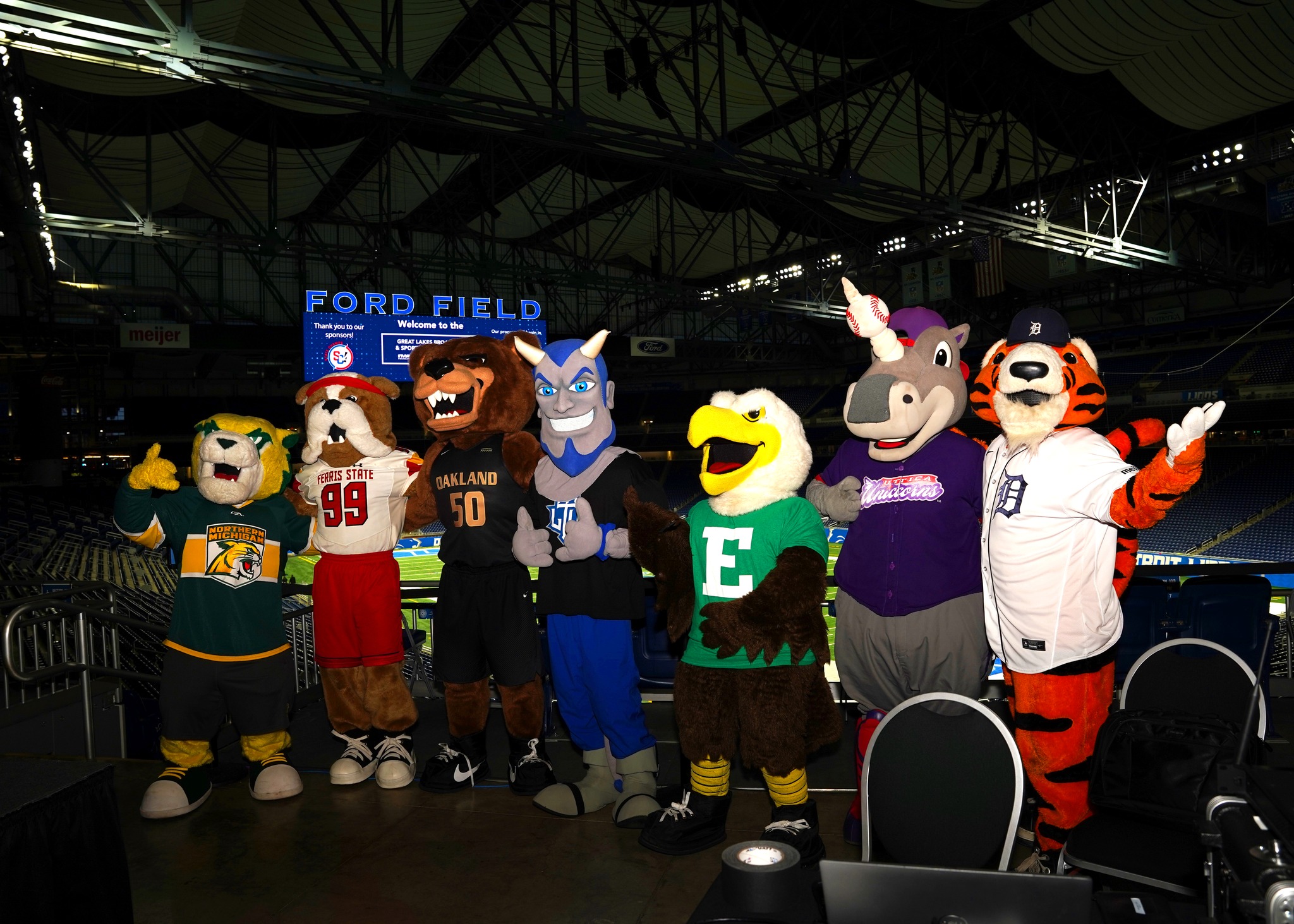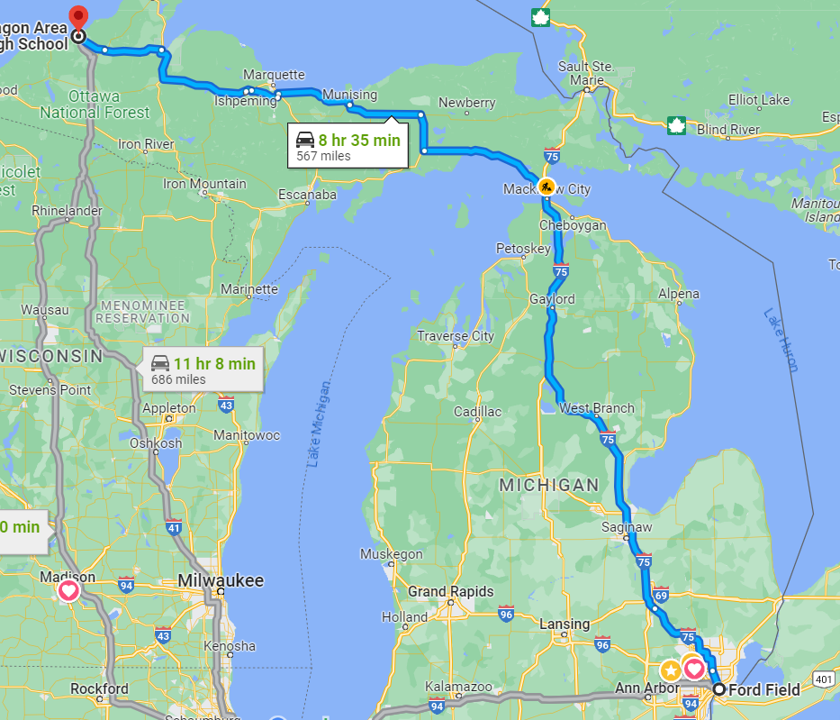Debunking radio myths like ‘Gen Z has no interest…’
Fred Jacobs of Jacobs Media shines a light on some popular yet not always true radio-related myths.
by Fred Jacobs of Jacobs Media
Our post about how many of us caught the “radio bug” as kids resonated for scores of you. I enjoyed reading your comments here on the blog, as well as on my socials.
Whether you enjoyed a meteoric career like Bill Garcia or you were only in the business for a few years, that shared experience is a meaningful one. And we learned from Scott Westerman’s amazing recreation of the radio station he grew up with in Detroit – Keener 13 – those moments stay with you for a lifetime.

But alas, some of you pointed out the same experience is no longer possible here in the 2020s. After all, teens don’t listen to the radio much, if at all. They’re far more enamored with streaming services, video games, and social platforms like TikTok and Instagram.
And while there’s no question there’s truth to those observations, there is an “other side” to this coin. While radio might have held more fascination decades ago, and there were schools like the Brown Institute in Minneapolis or the Specs Howard School here in Detroit, that same emotional tug that yanked many of us into radio broadcasting a couple of generations ago apparently is still highly potent today.
I saw this with my own eyes last week at Ford Field, home of the Detroit Lions. For the second consecutive year illustrated the definition of “Think Big.” Conceived by Michigan Association of Broadcasters’ President/CEO Sam Klemet, the Great Lakes Broadcast and Sports Media Academy brings together broadcasters from across the state with hundreds of high school and college students interested in learning more about a career in the industry.
Here’s a less-than-two-minute sizzle reel of the event:
More than 900 young people – high school and college students – were on hand to hang out with TV and radio broadcasters, local athletes, and even a battalion of team mascots from universities across the state.
Frankly, the event looked great – professional, slick, big, and a magnet for students shopping for a career opportunity.
As we discussed in yesterday’s blog post, sometimes all it takes is an initial positive experience, seeing how a show comes to life, or hearing an encouraging word from a real-life broadcaster.

The Academy had it all – Michigan’s Lieutenant Governor Garlin Gilchrist, former Tiger turned TV and radio announcer Craig Monroe, and professionals from broadcast stations in Detroit and from all over the state. Just about every major broadcaster and state university were represented at tables lining Ford Field’s concourse, a chance for students to interact with these local brands, organizations, and institutions.
“Student Experiences” gave attendees hands-opportunities to stand in front of a green screen or to practice interviewing techniques.
This event builds upon the “Be There” campaign the MAB launched over the summer which has now been exposed to more than 5,000 students statewide.
All this activity here in Michigan illustrates how broadcast organizations can focus their efforts around a goal – in this case, show Gen Z’s there are exciting local media careers in the state.
And then there’s the reality of “dreaming BIG.”
You may remember last summer I wrote a blog post highlighting the plight of an Upper Peninsula high school radio station, 88.5 WOAS. You can read the story here.
In order to preserve its broadcast service to small town Ontonagon in the UP, funds needed to be raised. Broadcasting out of the high school library, WOAS has been on the air since 1978, serving its small community of 1,300 residents.
But a new station, licensed at the same 88.5 frequency, threatened to reduce WOAS to secondary station status, further limiting its coverage as a 10 watt FM. The only solution? A $75,000 transmitter allowing WOAS to broadcast at 100 watts. In Ontonagon, it may as well have been $75 million. This station has no budget and is partially funded by the net profits from the school’s vending machines.
And so the community came together – as did many of you, thank you – to send money to northern Michigan to save this radio station.

And last week the NBC Nightly News with Lester Holt covered the saga of little WOAS, a remarkable state of affairs for this small town and its noncommercial radio station:
It’s when reporter Maggie Vespa interviews student DJs on WOAS about the importance of this radio station to its community that you hear the magic of the medium. And if that doesn’t convince you these Gen Z’s are all-in to their hometown radio station, well, nothing will.

The passion for radio among teenagers – alive and well in the 1960s and 1970s – is still making dreams come true for young people today. Is radio a different medium today than when many of us “got in?” Without a doubt. But the magnetic attraction of radio to teens has the same pull it did for Scott Westerman in Ann Arbor at WPAG in 1971.
The more modern version was on display at Ford Field last week in downtown Detroit, and on days when school is in session in the library at Ontonagon High School, just 567 miles up I-75 North.
I wish we could “tag” these students having their first experiences with radio like they do with sharks. It would be fascinating to learn how many of them are working in radio in the next five years. And how many are winning Marconis and Crystals a decade from now.
The love affair between radio and teens goes on.
Fred Jacobs – President & Founder at Jacobs Media
Fred Jacobs founded Jacobs Media in 1983, and quickly became known for the creation of the Classic Rock radio format.
Jacobs Media has consistently walked the walk in the digital space, providing insights and guidance through its well-read national Techsurveys.
In 2008, jacapps was launched – a mobile apps company that has designed and built more than 1,300 apps for both the Apple and Android platforms. In 2013, the DASH Conference was created – a mashup of radio and automotive, designed to foster better understanding of the “connected car” and its impact.
Along with providing the creative and intellectual direction for the company, Fred consults many of Jacobs Media’s commercial and public radio clients, in addition to media brands looking to thrive in the rapidly changing tech environment.
Fred was inducted into the Radio Hall of Fame in 2018.